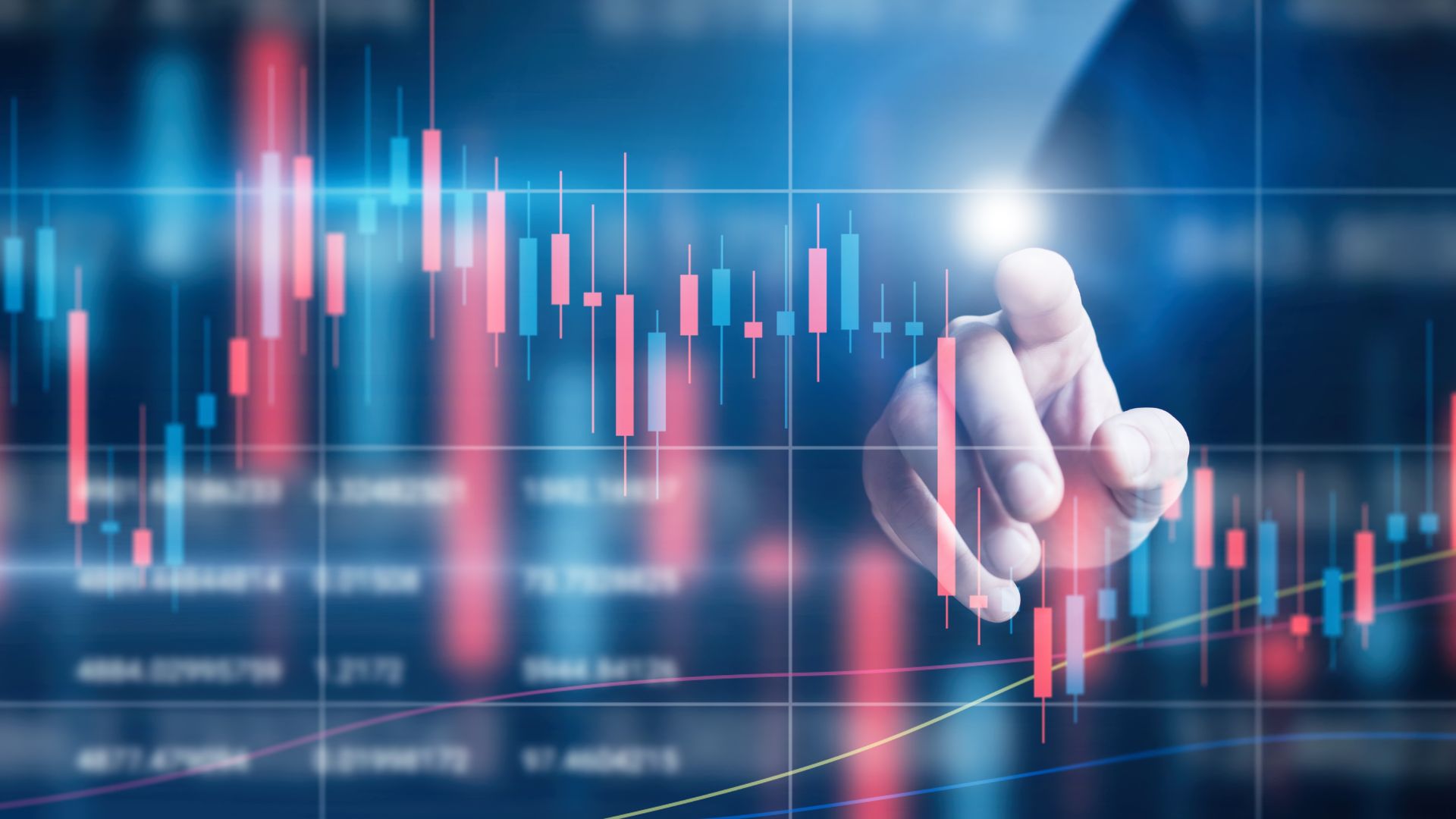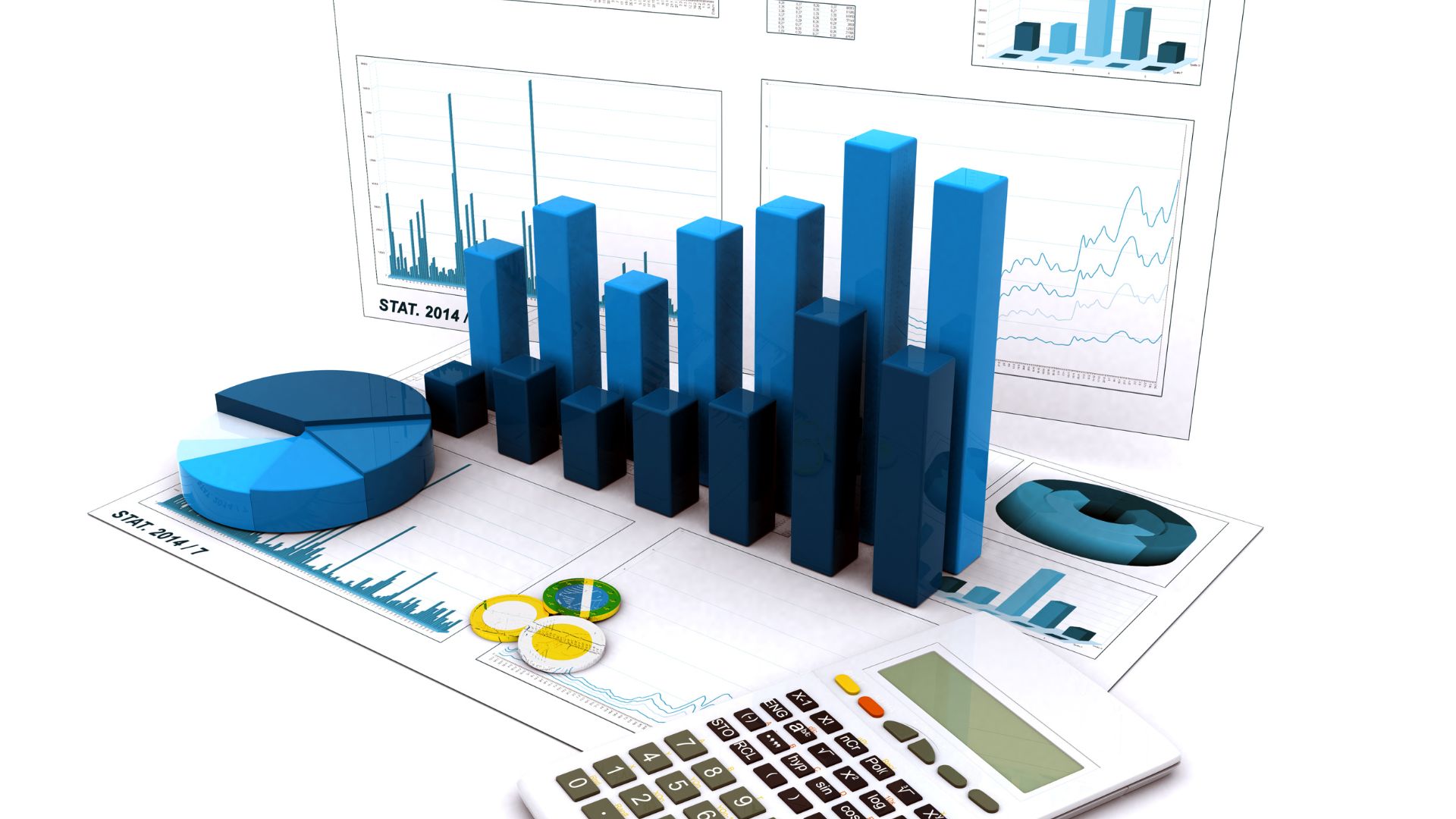Stock buybacks, also known as share repurchases, are an increasingly common practice among publicly traded companies. In recent years, some of the world’s largest corporations have spent billions of dollars repurchasing their shares. While buybacks can be beneficial for shareholders and companies alike, they also carry risks and potential downsides. This comprehensive guide explores what stock buybacks are, their advantages and disadvantages, and the implications they have on stock prices and fundamental metrics.
What Are Stock Buybacks?
A stock buyback occurs when a company purchases its own shares from the open market or through a tender offer. By doing this, the company reduces the number of outstanding shares available, effectively “retiring” them. This action can be done for several reasons, such as to return capital to shareholders, adjust the company’s capital structure, or signal confidence in the company’s future.
How It Works:
- The company announces a buyback plan specifying the amount of money it plans to spend or the number of shares it intends to repurchase.
- It then either buys shares directly on the open market or through a tender offer, where it buys shares at a premium price.
- The repurchased shares are typically retired or held as treasury shares, reducing the total number of outstanding shares.
Why Do Companies Buy Back Their Own Stock?
Companies initiate buybacks for several strategic and financial reasons:
- Return Excess Capital to Shareholders: When a company has excess cash and limited opportunities for growth or investment, it may return value to shareholders through buybacks rather than dividends.
- Boost Earnings Per Share (EPS): By reducing the number of outstanding shares, buybacks increase EPS, even if net earnings remain the same. This can make the company look more attractive to investors.
- Signal Confidence: A buyback may signal that management believes the company’s stock is undervalued, demonstrating their confidence in the company’s long-term prospects.
- Counteract Dilution: Companies often use buybacks to counteract the dilution that occurs when new shares are issued for stock-based compensation or acquisition purposes.
The Pros of Stock Buybacks
Stock buybacks offer several potential benefits to companies and shareholders:
- Increased Shareholder Value:
- Higher EPS: By reducing the share count, buybacks boost EPS, which can positively affect the stock price as investors view the company as more profitable.
- Share Price Appreciation: If the company’s stock is truly undervalued, a buyback can help drive up the share price as fewer shares become available, increasing demand.
- Tax Efficiency: For shareholders, buybacks can be more tax-efficient compared to dividends, especially in countries where capital gains are taxed at a lower rate than income from dividends.
- Improved Return on Equity (ROE):
- ROE is calculated by dividing net income by shareholders’ equity. Since buybacks reduce shareholders’ equity, they can artificially inflate ROE, making the company appear more efficient in generating profits.
- Flexibility Compared to Dividends:
- Unlike dividends, which create an expectation for future payouts, buybacks are discretionary. This gives companies more flexibility to adjust their cash outflows according to economic conditions and business needs.
The Cons of Stock Buybacks
While buybacks have benefits, they also come with risks and criticisms:
- Potential Misallocation of Capital:
- Critics argue that companies sometimes engage in buybacks instead of investing in growth opportunities, such as research and development or expansion, which could yield higher long-term returns.
- If a company repurchases shares at inflated prices, it could destroy shareholder value, as it would be better off using the cash elsewhere or distributing it directly to shareholders.
- Short-Term Focus Over Long-Term Growth:
- Companies may prioritize buybacks to boost short-term metrics like EPS and share price, possibly at the expense of long-term growth. This can attract short-term investors and pressure management to maintain or increase buybacks rather than investing in sustainable business development.
- Increased Leverage and Financial Risk:
- Companies sometimes finance buybacks through debt, which can increase leverage and make the firm more vulnerable during economic downturns. Higher debt levels can lead to financial distress if the company’s earnings decline or interest rates rise.
- Market Manipulation Concerns:
- Buybacks can create the illusion of a company’s improving performance, even if the core business fundamentals remain unchanged. This can mislead investors who rely on metrics like EPS for their decision-making.
The Impact of Stock Buybacks on Stock Price and Fundamental Metrics
Stock buybacks can significantly influence stock prices and fundamental financial metrics, often in ways that attract both positive and negative attention.
1. Impact on Stock Price
Stock buybacks tend to create upward pressure on stock prices for several reasons:
- Reduced Supply: As shares are repurchased and removed from circulation, the total supply of shares decreases. With fewer shares available, the demand for the remaining shares may increase, driving up the price.
- Market Sentiment: Buybacks are often perceived as a positive signal from management, indicating that they believe the stock is undervalued or that the company has strong future prospects. This sentiment can boost investor confidence and lead to higher share prices.
However, the impact on stock price can be short-lived if the buyback does not align with fundamental improvements in the business. In some cases, investors may become skeptical if buybacks are used solely as a tool to prop up share prices without substantial business growth to justify the repurchase.
2. Impact on Fundamental Metrics
Buybacks affect several key financial ratios and metrics:
- Earnings Per Share (EPS): One of the most significant impacts of buybacks is on EPS. By reducing the number of shares outstanding, buybacks increase EPS, even if net income remains the same. This can make the company appear more profitable and influence investor perception.
- Return on Equity (ROE): Since buybacks reduce shareholders’ equity, ROE increases, which may make the company seem more efficient. However, this is an artificial enhancement, as it doesn’t necessarily reflect improved operational performance.
- Price-to-Earnings (P/E) Ratio: If the stock price rises faster than the EPS increase, the P/E ratio can climb, potentially signaling that the stock is becoming overvalued. Conversely, if EPS growth outpaces the stock price rise, the P/E ratio may decrease, suggesting the stock remains undervalued.
- Debt Ratios: If a company finances buybacks with debt, its debt-to-equity ratio and other leverage-related metrics will increase, indicating higher financial risk.
Are Stock Buybacks Good or Bad for Investors?
Whether stock buybacks are good or bad depends largely on the context:
- Positive Context: When a company is genuinely undervalued and has excess cash, buybacks can be an efficient way to enhance shareholder value. In these cases, investors benefit from both higher EPS and an appreciating share price.
- Negative Context: If buybacks are used to manipulate financial metrics or are conducted at inflated share prices, they can harm investors in the long run by reducing the company’s financial flexibility and increasing risk.
Conclusion: The Balanced Perspective on Stock Buybacks
Stock buybacks are a powerful tool in a company’s financial arsenal, but they come with significant responsibilities and risks. While they can enhance shareholder value, increase EPS, and provide flexibility, they can also mislead investors, misallocate capital, and heighten financial risks if not managed prudently.
For investors, it’s crucial to assess the context and motivation behind a buyback. Look for companies with a strong balance sheet and solid growth prospects that engage in buybacks as part of a broader, sustainable strategy. Avoid companies that appear to use buybacks merely to boost short-term metrics or when their stock is trading at historically high valuations.
By understanding the nuances of stock buybacks, investors can make more informed decisions and better align their portfolios with companies that prioritize long-term value creation over short-term financial engineering.



